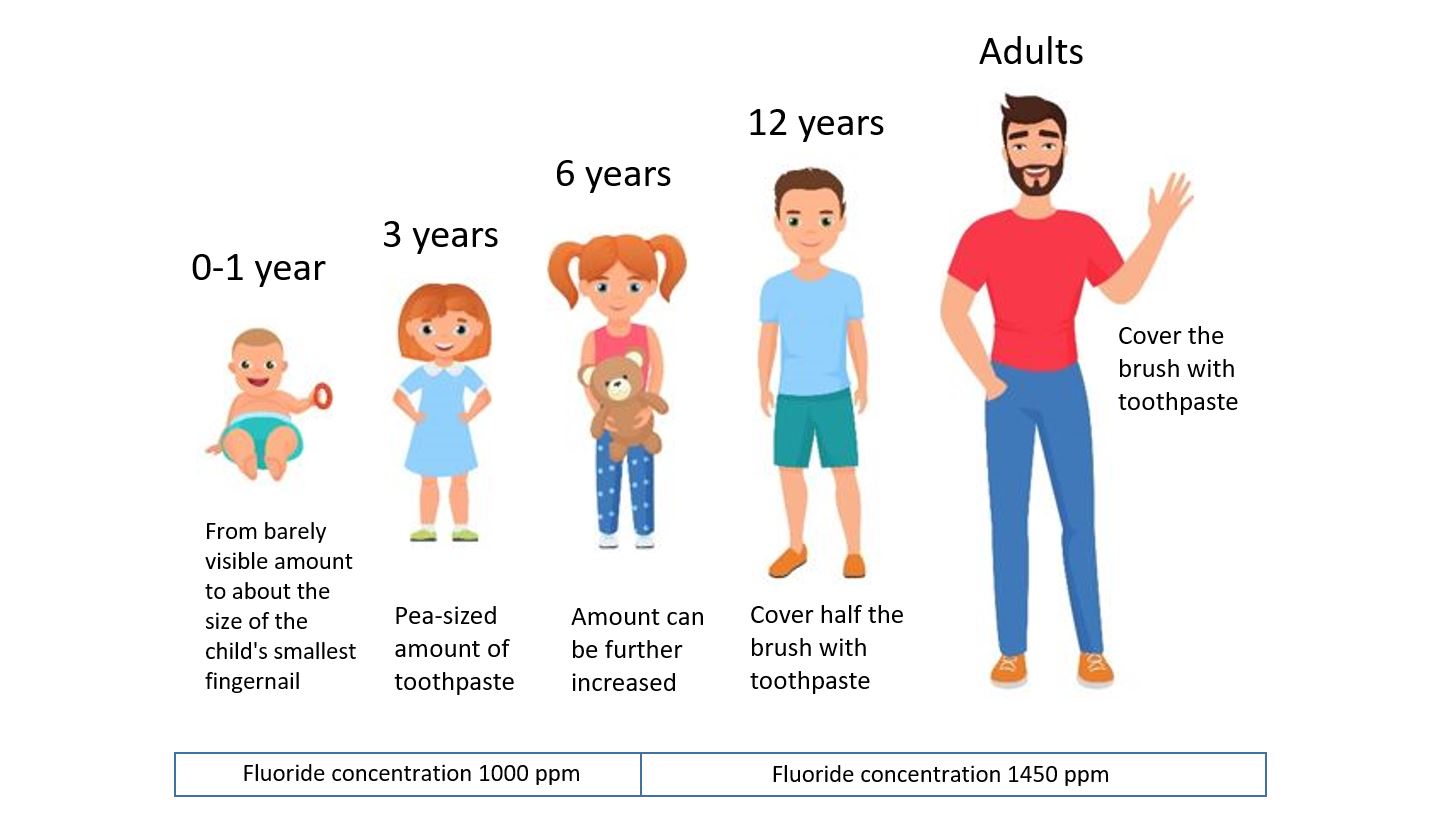How to talk to fluoride sceptics
Fluorine and fluorides: how to talk to fluoride sceptical patients is also the theme of NIOMs february 12th webinar. The webinar will be posted on NIOMs Youtube channel later this February.
Brushing with the recommended amounts of fluoride toothpaste is safe, and promotes good oral health.

As recent news articles highlight the dangers of ski wax containing fluorinated compounds, more patients are becoming sceptical towards fluoride in toothpaste. It is vital to be clear that these are two completely different forms of the fluorine element with respect to both toxicity and reactivity.
-I completely understand why people get confused and worried. In Norwegian, the term “fluor” is used in connection to all compounds containing a form of fluorine, Ida Sofia Refsholt Stenhagen, DPhil, says.
Stenhagen is a Senior Research Scientist at NIOM, with a doctorate in organic chemistry.
– In reality, there are big differences between fluorine gas, fluorinated compounds in ski wax and the sodium fluoride salt used in toothpaste, Stenhagen says.
A chemical “ingredient”
– Fluorine gas is extremely reactive. This means that it can be combined with other chemicals to change the compound, Stenhagen says.
Like when you bake a cake, and use different ingredients to change the flavor or texture?
– It is a simplification, but yes. The industry has benefitted from this, using different forms of the fluorine element as part of the “recipe” for many different products, Stenhagen says, and adds:
– The gas, in its pure form, is toxic. However, toothpaste, and other fluoridated oral hygiene products, have very little in common with the gas. They contain fluoride salts. The salts have a very different, and much lower, reactivity. They are safe when used as recommended, Stenhagen says.
Why use fluoride toothpaste?
– The use of fluoridated oral hygiene products began with fluoride varnish followed by fluoride tablets, before fluoride toothpaste became mainstream in the 1980s, and lies behind what became known as the “no holes” generation, Stenhagen says.
Fluoride toothpaste together with regular tooth cleaning helps fight tooth decay
Brush – do not eat
How do we explain the difference between a caries preventative amount of toothpaste and a toxic amount?
– A 3-year old child is recommended to have a pea-sized amount of children type toothpaste for brushing. That same child would have to eat nearly the entire tube of children type toothpaste to get acute fluoride poisoning that may require hospitalization, Stenhagen says.
– Eating such a large amount of toothpaste is unlikely and a lot more than the recommended amount for brushing, Stenhagen says.
The drawing shows the recommended amounts of toothpaste, sorted after age.

______________________________________________________________________________________
Reference: SCHEER (Scientific Committee on Health, Environmental and Emerging Risks), Guidelines on the benefit-risk assessment of the presence of phthalates in certain medical devices covering phthalates which are carcinogenic, mutagenic, toxic to reproduction (CMR) or have endocrine-disrupting (ED) properties, final version adopted at SCHEER plenary on 18 June 2019.
Summary given in: Regulatory Toxicology and Pharmacology 2020; 111: 104546.
NIOM Newsletter January 2020
